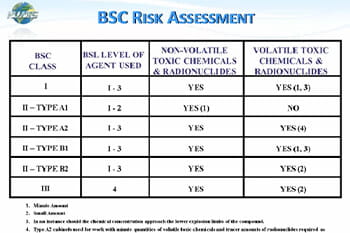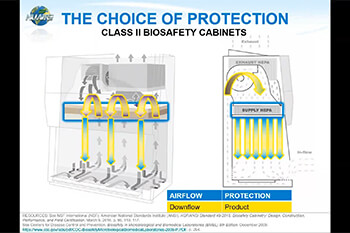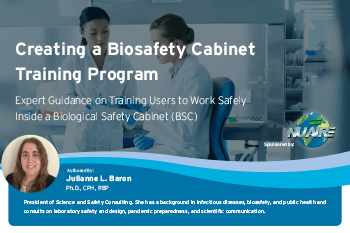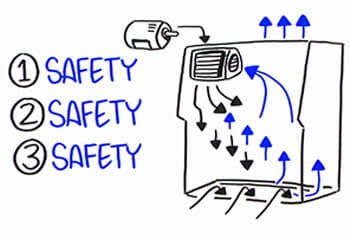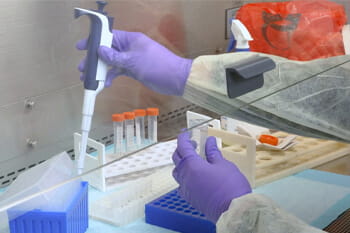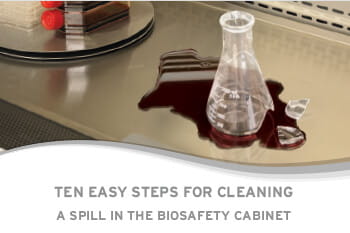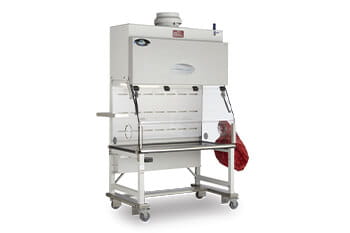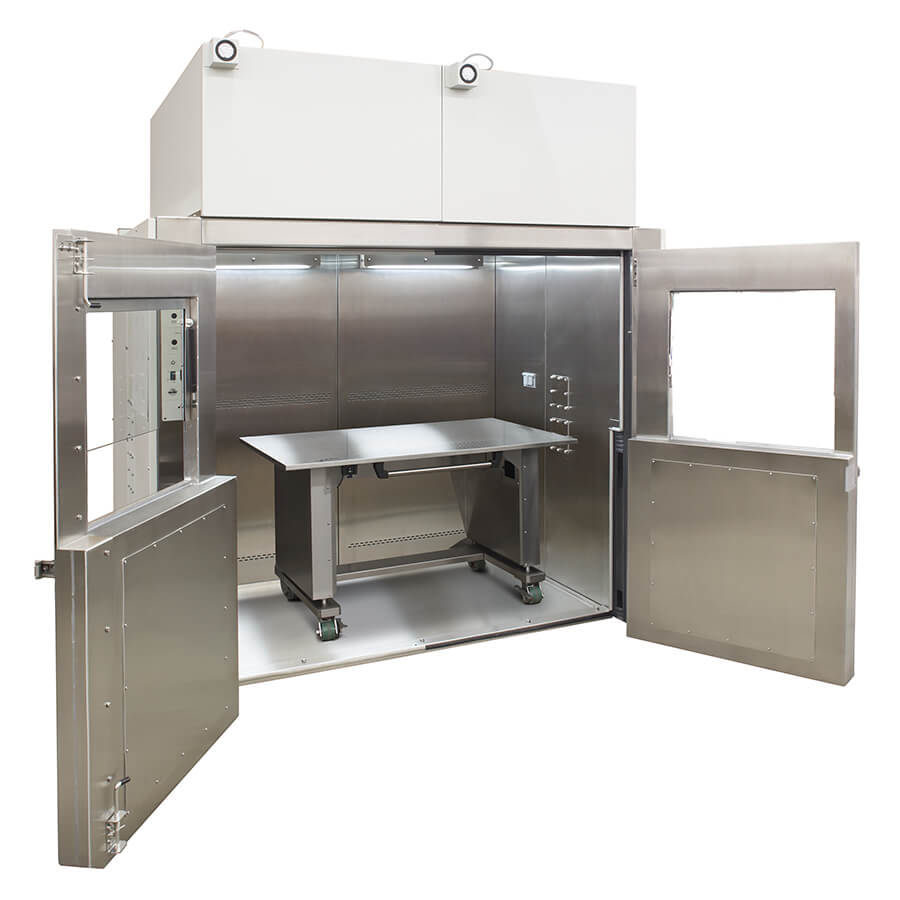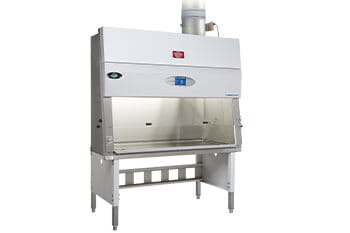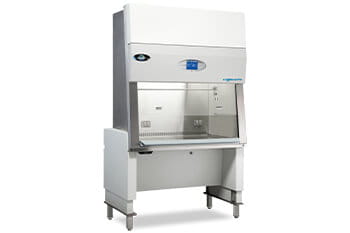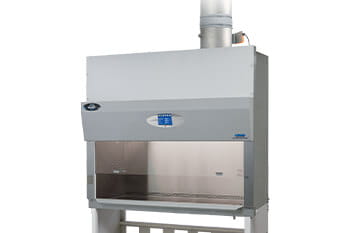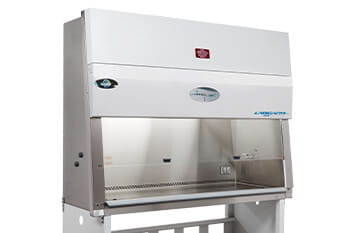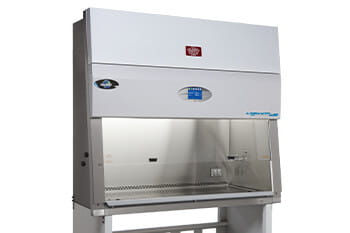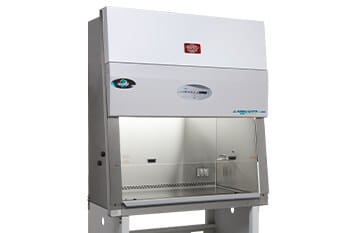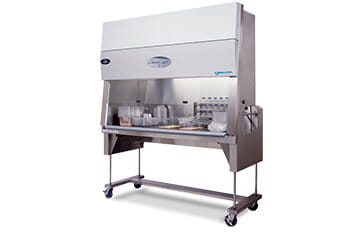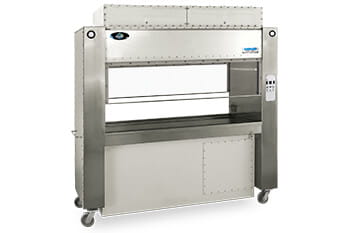
 White Paper
White Paper
Benefits and Risks of Ultraviolet (UV) Light


Understanding UV Light in the Laboratory
Ultraviolet (UV) radiation is a widely utilized tool in laboratory environments, known for its germicidal properties. The white paper “Benefits and Risks of Ultraviolet (UV) Light” from NuAire dives into the science and safety of UV applications—particularly within biosafety cabinets (BSCs).
UV-C light, especially at a wavelength of 253.7 nanometers, disrupts microbial DNA, rendering pathogens unable to reproduce. This photochemical sterilization is unique in that it doesn’t always kill bacteria directly; instead, it prevents replication, acting at the genetic level.
How UV Sterilization Works
Photochemical Action on Microorganisms
When UV-C radiation hits bacterial DNA, it causes mutations that interrupt the replication process. This makes it highly effective in surface sterilization, particularly in dry, controlled environments like laminar airflow workstations and Class II biosafety cabinets.
However, UV light is not a replacement for proper cleaning techniques. For a comprehensive guide on cleaning after spills, refer to our 10-step spill cleanup guide for biosafety cabinets.
Practical Uses of UV Light in Biosafety Cabinets
A Historical and Contemporary View
The use of UV light in BSCs dates back to early microbiological practices, though its official recommendation has changed over time. Despite WHO, CDC, and NSF/ANSI 49 guidelines moving away from UV as a primary sterilization method, researchers still request UV-equipped cabinets. Today, it’s estimated that 80–90% of U.S.-manufactured Class II Type A2 cabinets ship with UV germicidal lamps installed.
Risks and Limitations of UV Light
When UV Isn’t Enough
Despite its appeal, UV sterilization presents several drawbacks:
- Limited efficacy in high humidity – moisture in the air can absorb UV radiation, reducing effectiveness.
- Surface-only disinfection – UV light does not penetrate layers or shaded areas.
- Material degradation – prolonged exposure can cause deterioration of plastics and polymers in your work zone.
- False sense of security – blue lamp glow does not guarantee disinfection. Inactive lamps may still appear “on.”
- Safety risks – UV exposure can damage skin and eyes if proper safety protocols are not followed.
For labs relying on UV, regular monitoring and lamp replacement are essential. Additionally, weekly cleaning of the UV bulb is recommended to maintain performance.
Safer Alternatives and Best Practices
Prioritize Proven Decontamination Methods
Modern best practices prioritize physical cleaning and chemical disinfection over UV alone. When handling hazardous biological materials, biosafety demands a multi-layered approach. For example, proper risk assessment before selecting a BSC is vital—refer to NuAire’s risk assessment guide for insight into choosing the right model.
Certification also plays a critical role. Annual field certification ensures airflow and containment are within safety thresholds, regardless of whether UV is used.
Should You Use UV in Your Lab?
The decision to use UV in a BSC depends on your lab’s workflows, regulatory environment, and safety goals. While UV light can serve as an additional tool in contamination control, it should not replace rigorous cleaning, proper training, and routine certification.
To further ensure best practices in your lab, explore our popular webinar on 10 tips for biosafety cabinet safety, or learn the foundational elements in our video article: Intro to BSCs with WHO guidance.




